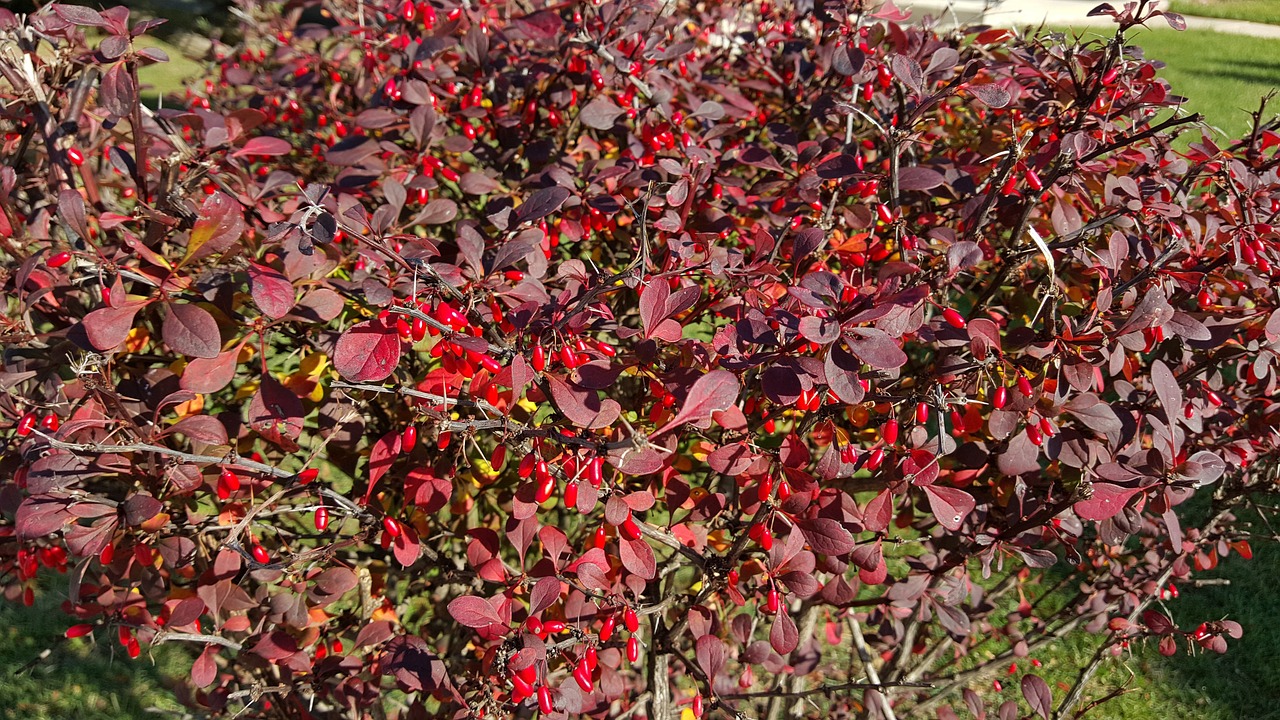Hedging your bets – secrets to sneaky boundary planting and colour
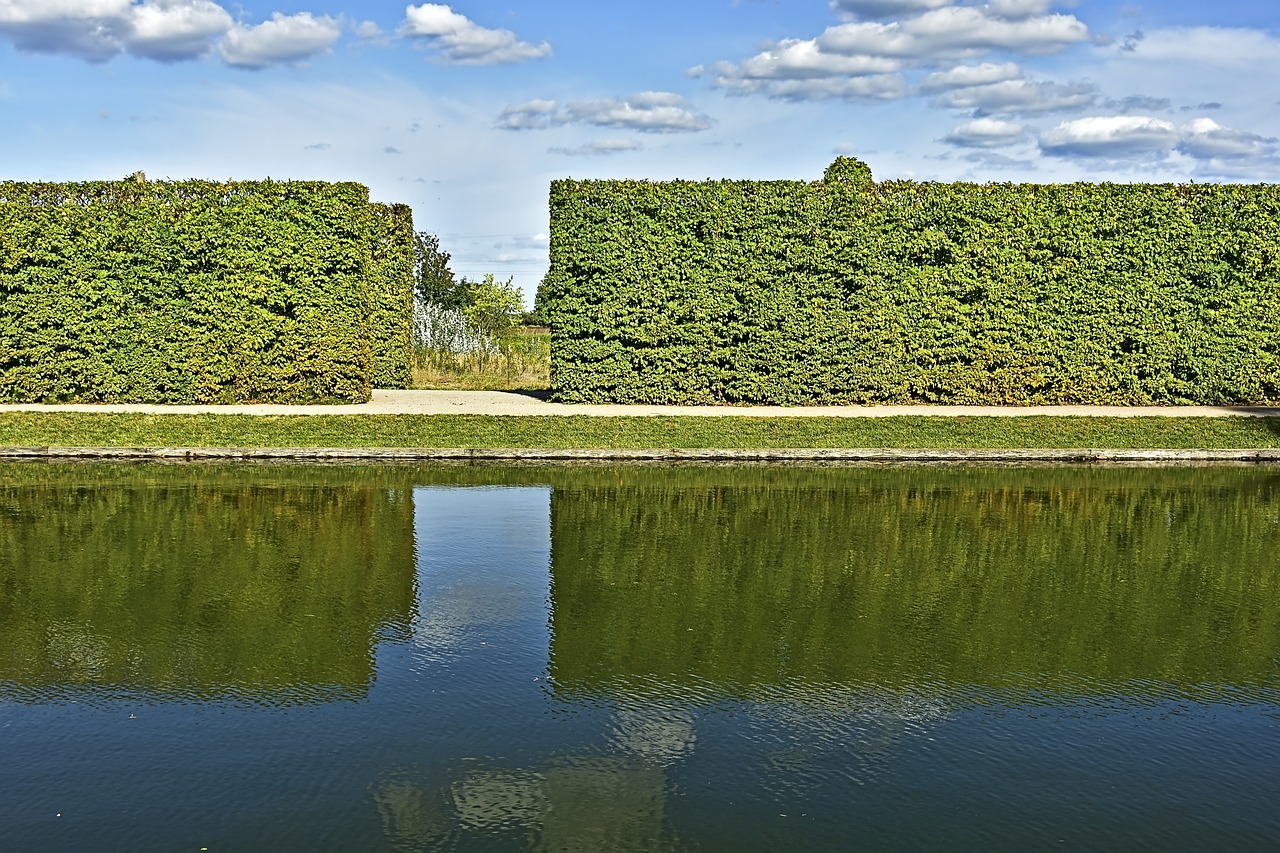
The timing of when to plant a new hedge can be tricky, but if you’re thinking about establishing a bare root hedge then its similar rules to the tree planting seasons. Get those hedging plants in the ground ideally before the end of March. Bare root hedging is available only during the winter period and is always cheaper than pot grown.
This gives them time to establish and grow when the soil is at it’s wettest and should not require any additional watering.
A hedge is the backdrop or the frame to our garden and we should choose something appropriate to highlight our work in planting and maintaining our garden. We might think about the type of frame for a work of art hanging on the wall and consider selecting a frame. Pick something that is too showy and brash and it detracts from the portrait or landscape contained within.
The choice of planting can effect how we view other plants and areas of our garden within the beds surrounding the hedge. Pick a dark evergreen conifer or yew hedge for colour all year round and that may help to highlight bright flowers growing in the foreground. Doubling up the effectiveness of a herbaceous border to the naked eye and acting as a frame to our picture perfect garden bed.
Have you planted a hedge recently? Tell us about the hedging plant you used by posting a comment below >>>
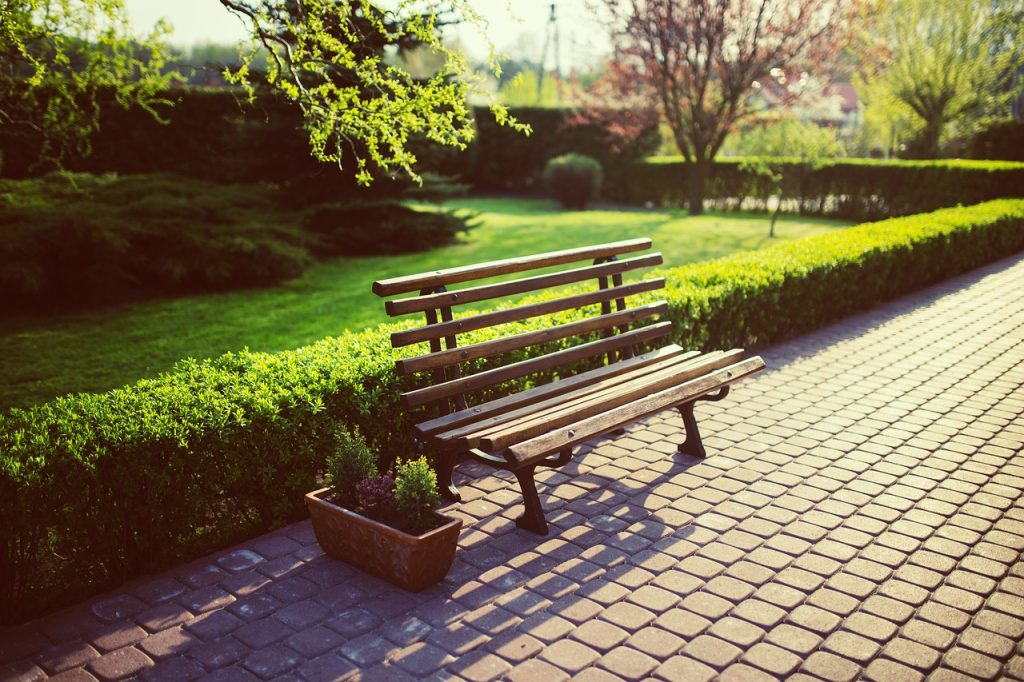
World Radio Gardening’s Ken Crowther says, “hedges are glorious when maintained and planted in the correct place. They can set off a garden with a well cut lawn, just one of the best things about gardening!”
In short, a hedge planted with the right colours could make a significant difference to showing off your flowers and it might just be what’s missing from your garden at the moment.
Considerations around planting ideas
Points to think about when selecting your hedge planting:
- Suburban planting or do I want to blend in with the rest of the street? Residential close matching for a quiet life?
- Native planting or do I want to help the birds and animals in my garden? This is a nature lovers choice and best for wildlife. Hedges can provide important protection and food for birds and other small mammals
- Coniferous planting or do I want green all year? This type of selection can be fast growing and easy to maintain along with providing a green backdrop in any season
- New choices or do I want to be a little different and trying some different hedging plants? This may provide a different type of colour during different seasons
Remember to delay planting if the ground is frozen or waterlogged and avoid planting in an area of shade from large trees.
What type of hedging plant should I plant?
There are two distinct types of hedging plant and they can both be purchased from nurseries. Price and time of year are important to think about when deciding on the type of hedging plant to go for.
- Bare root – grown in a field and lifted without soil attached to the roots. Generally these are the cheapest option as they are light and can be sent in the post
- Root ball – similar to the above but usually come with the roots intact in soil and wrapped in a biodegradable bag. These are often more mature plants and are likely to be a more costly plant to buy. Root ball usually establishes better than container grown plants as these plants are also grown in open soil rather than a pot
- Container grown – grown in a pot and available all year round. This is one of the most convenient ways to buy hedging plants, but also that does attract a premium
What to plant?
Ken Crowther says: “One of my favourite hedging plants is hornbeam because it is more tolerant of soil conditions than beech. Most of these hedging plants keep the leaves on over winter, but hornbeam you can prune August and it generally holds leaves during winter.”
Ken says watch the pricing of container grown plants: “hedges can be expensive, you’ll need to space plants out and you can need between 1 and 4 plants per metre. So a 10 metre hedge with spacing of thuja plants at 60cms apart is likely to need around 16 plants. The average cost of a container grown thuja plant is around £30 to £40 per pot, so that hedge could cost around £500 to plant. Thuja not available in bare root form”
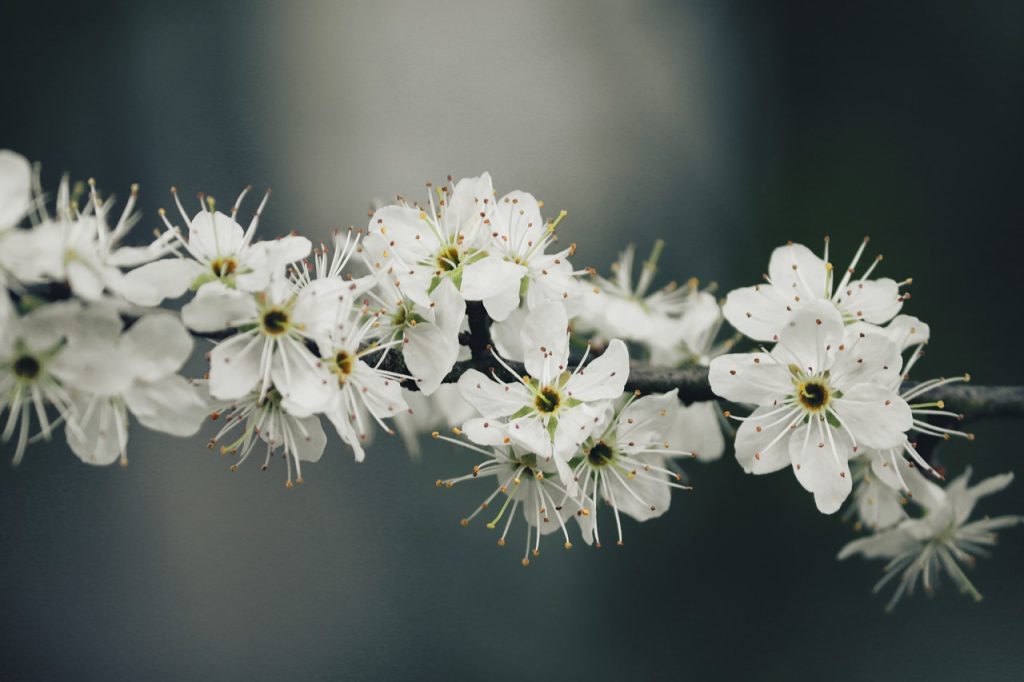
“Bare root hedging plants tend to be a lot cheaper coming in around under £5 per plant. Some nurseries provide already clipped instant hedging with multiple plants grown to maturity,” says Ken.
A top tip is to shop around and consider buying from a hedging specialist, Ken says: “hedging specialists may have deals available on multiple buys. As with anything, buying in bulk will lower the price of each individual plant.”
Suburban planting – tried and trusted performers
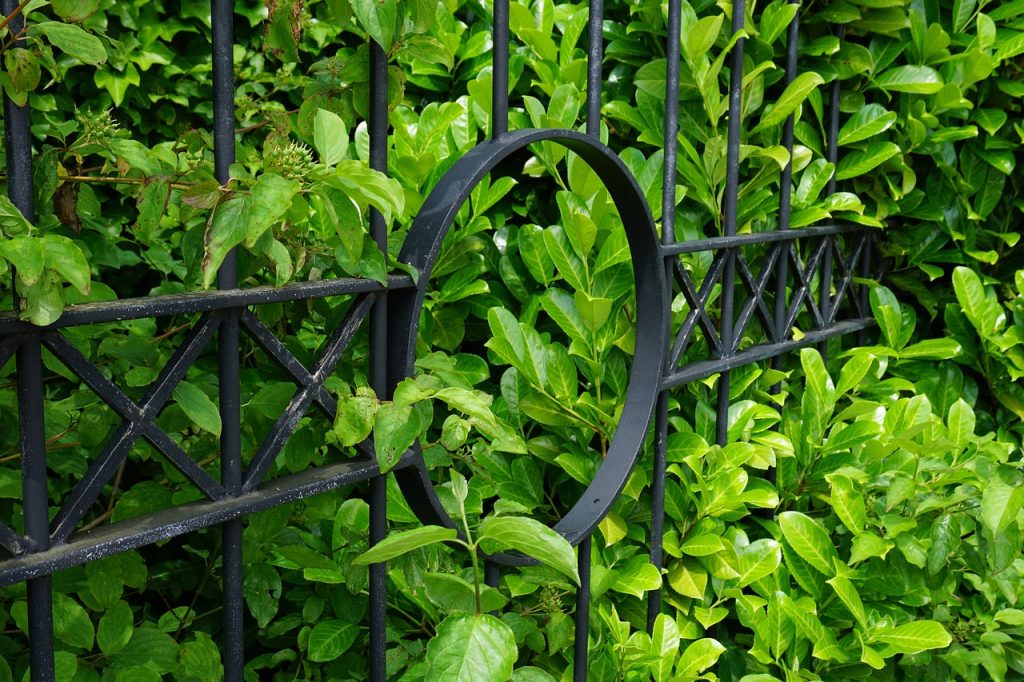
- Laurel – a bright colourful green and will brighten up any garden. The most common variety is Cherry Laurel hedging (Prunus laurocerasus ‘Rotundifolia’) and is a versatile plant that will bring year long evergreen colour.
- Privet – a classic for the residential road and is a faster grower. Wild privet (ligustrum vulgare) is native to the UK and can be found, but most common on a standard British street is the oval-leaved privet (ligustrum ovalifolium). Privet does produce a smell that some people like, however be warned it does produce a toxic berry
- Box – more of a compact, low-level hedging plant for lining the edge of beds. This can be hard work to maintain and is fast growing. Easy to establish and best to trim during spring once the risk of frost has reduced in April/May.
- Euonymus japonicus ‘green spire’ – another compact shrub and popular as an alternative to box hedging
- Cotoneaster Franchetii – produces pinkish-white flowers in the spring and can be easier grown into a hedge. Warning this plant does produce berries that are poisonous to humans during the autumn. Trim once a year after the berries have finished
Native planting – best for wildlife

- Hawthorn – want an instant hedge from native planting and able to feed and protect wildlife? Look no further than this shrub. Blackthorn usually flowers first, from around March to June. Hawthorn flowers from around April to June. Birds love the hawthorn’s red berries
- Hornbeam – this shrub is a lovely leafy green and develops catkins for wildlife to eat. Generally this plant can tolerate poorer growing conditions such as shade, high winds and clay or wet soils
- Beech – this shrub has a beautiful glossy leaf, which will turn a copper-bronze colour in autumn
Coniferous planting – trying for colour during all seasons

- Yew – a good strong choice for a garden and is also a native species to the UK. Cut this hedge between August and October to keep it growing in a nice formation and under control.
- Thuja – these plants have a slightly slower grown rate to other confiers and are popular with gardeners. Spring and late summer are the best times to give this hedging shrub a trim. Thuja plicata ‘Atrovirens’, known as Western Red Cedar is a good alternative pick to leylandii. Equally, Thuja Occidentalis Smaragd (White Cedar Emerald) is another good pick.
- Leylandii – these come with a health warning: as they’re fast growing and have been cited in a number of neighbour boundary disputes. If they’re not properly maintained and kept to a reasonable height then they can end up blocking light and views for other gardeners. Autumn or early winter planting with April to August the best time to prune
Newer choices – trying for something a bit different

- Berberis thunbergii Aurea – is a lime green colour with rounded decidous leaves, this plant is often known as golden Japanese barberry. Can be an expensive choice if a large number of plants are required. The berberis can be found in a range of different colours at many garden centres
- Photinia Red Robin – has colourful foliage that tuns green as the plant gets older. New shoots continue to splatter red throughout the hedge
Maintenance of a hedge
Cutting and maintaining a hedge is essential to ensure it doesn’t get out of control. Ken Crowther has some tips on maintaining a thuja hedge.
Before pruning and cutting a hedge, remember to check for any nesting birds as in the UK it is an offence, under the Wildlife and Countryside Act 1981, to damage or destroy the nest of any wild bird whilst it is in use or being built.
Hedges come in all shapes and sizes and are often bespoke to your garden. Having a well maintained and clipped hedge is not only a joy to see but it can provide important security and privacy.
Don’t forget to sign-up today
For 2024, World Radio Gardening is planning a series of 4 exclusive newsletters. These will be loaded with extra special content and deals for you as a gardener. Make sure you don’t miss out by signing up today via the tab on the menu of click here to go direct to the sign-up page.
The newsletter will be sent direct to you email inbox at the beginning of February.
Also, don’t forget – if you like what we do, why not tip Ken and team with a coffee – Buy us a coffee – as a thank you for the work done to bring this website to life.








